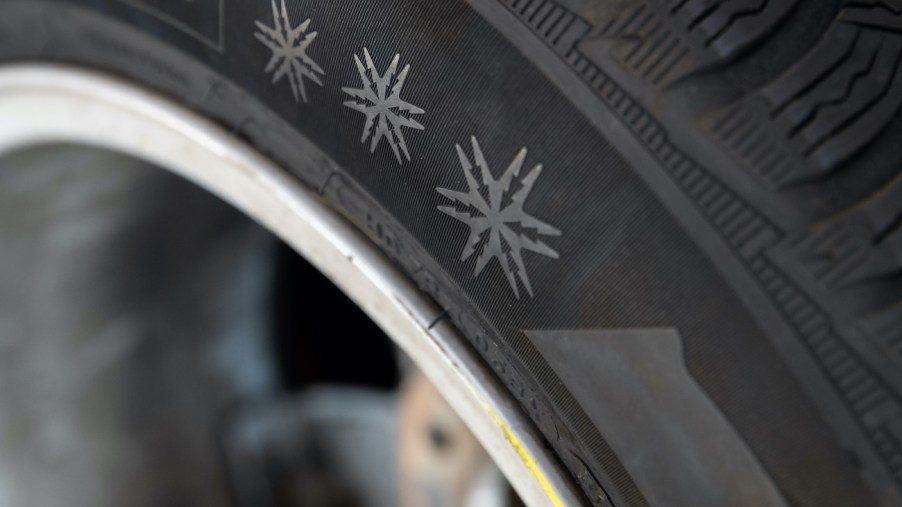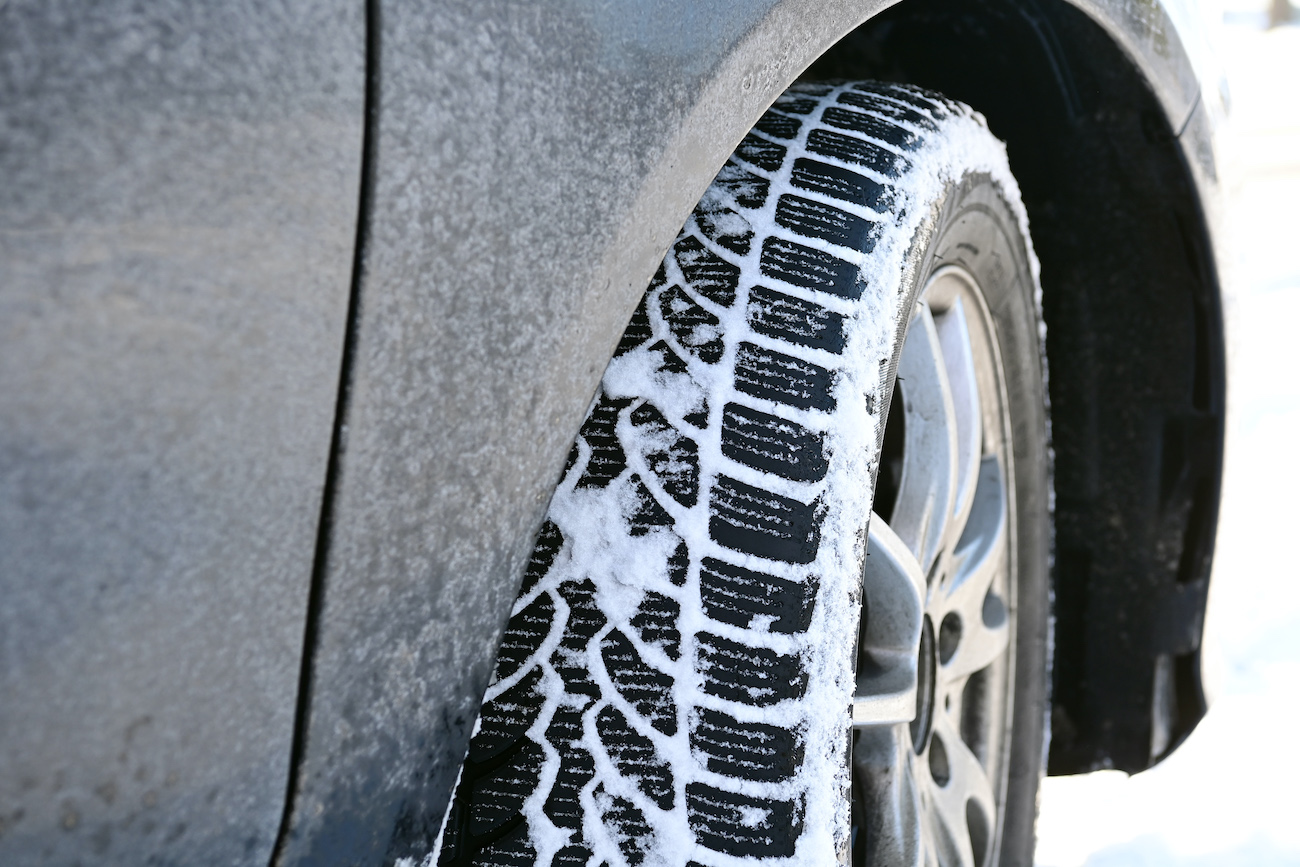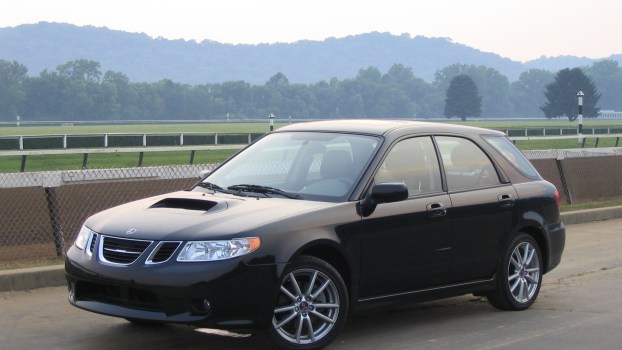
Why Are Snow Tires Better In the Winter?
In this article:
If you live in a snowy climate, you likely hear about snow tires ad nauseam as the heat of summer starts to fade. But believe it or not, snow tires are more than just great marketing. In fact, winter tires boast several specialties that make them different from all-season tires, and better at handling snow and cold weather.
Additional sipes add grip to winter tires
Looking at snow tires, you’ll see several grooves cut into each tread block. You don’t normally see these little cuts on all-season tires, and for good reason. Winter tires use those extra cuts, or ‘sipes’ as additional points of contact. This increases overall grip, helping you maintain control on snowy or icy roads. Some are so good that they earn the moniker, ‘studless ice tires’. And while they aren’t as good as studded tires for sheer ice, they do provide a surprising amount of grip.
Aggressive tread blocks bite through snow

You’ll also notice that winter tires have much more aggressive tread blocks than all-season tires. These deep cuts and square blocks of rubber provide a sharper gripping edge to help the tire bite through snow. All-season tires often have curved tread blocks to push away water. Since snow doesn’t push away in the same way, the squared tread blocks of a winter tire help cut through that snow instead, providing confident traction.
Furthermore, those deep tread blocks trap snow. This helps add further grip, as the snow compacted into the tire treads adds friction to aid in acceleration and braking.
Unique rubber compounds make snow tires better for winter
Furthermore, we have the rubber of the snow tire itself. Summer and all-season tires are made for asphalt driving, and their rubber compounds start out softer but get quite hard under cold conditions. Winter tires, however, are made with a rubber compound that is specifically designed to remain soft in cold weather. This allows the tire to flex and create grip even in freezing temperatures. Let our friend Jason Fenske of Engineering Explained give you the lowdown:
Tire ribs add cornering capability with winter tires
Finally, tire ribs run all the way around winter tires to add lateral grip. That helps with cornering capability in slippery conditions. Some all-season and summer tires feature a similar rib for lateral stability. However, the hard rubber compound doesn’t allow the same flexibility as snow tires, according to Bridgestone. It’s this combination that makes winter tires so good at handling snowy roads.
Do I really need snow tires for winter?
If you’re in an area that gets snow, don’t wait on winter tires for too long. Even quality all-season tires don’t have the grip to handle snowy and icy roads. Protect yourself, your vehicle, and your insurance premiums, by bolting on winter tires before the snow flies.




